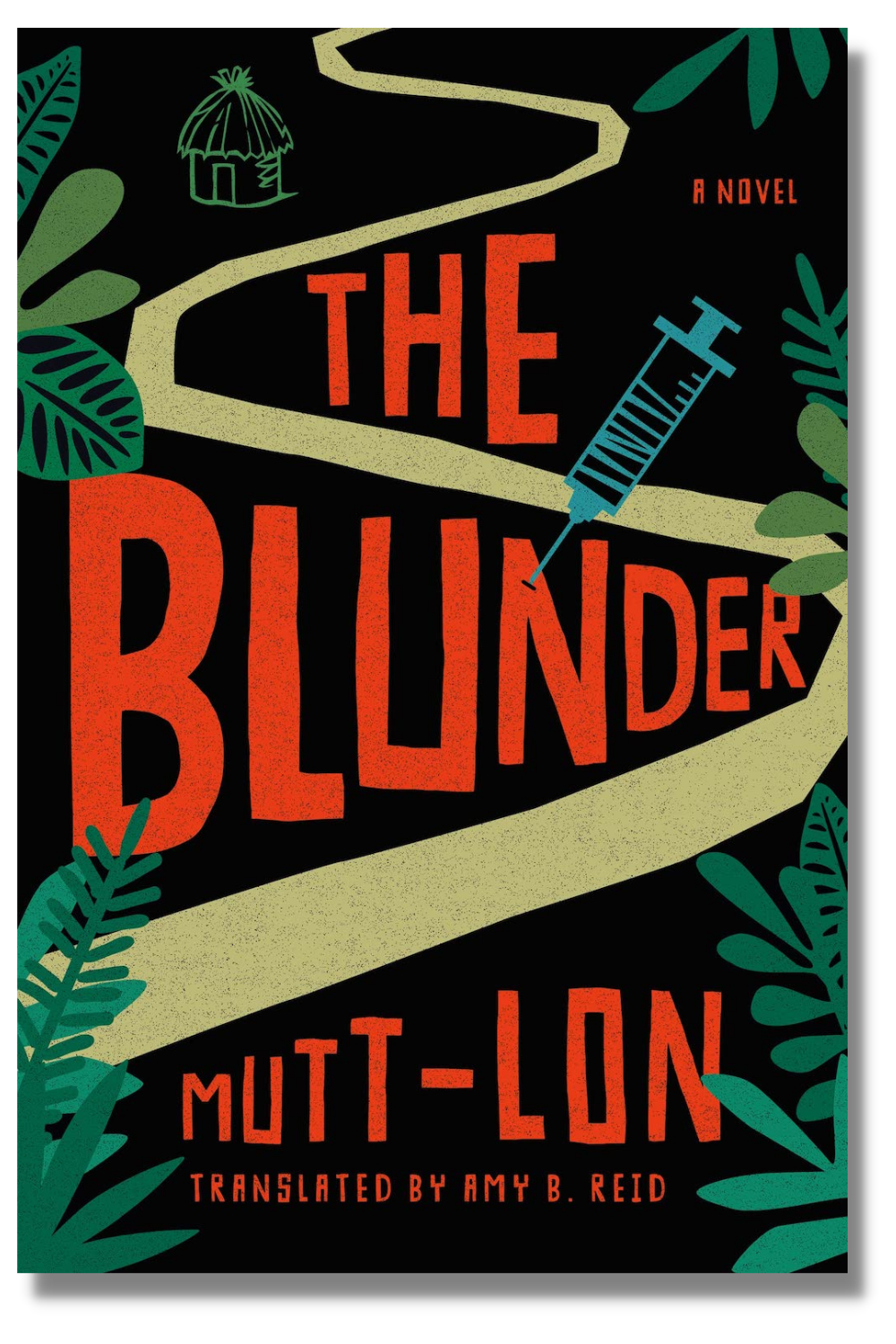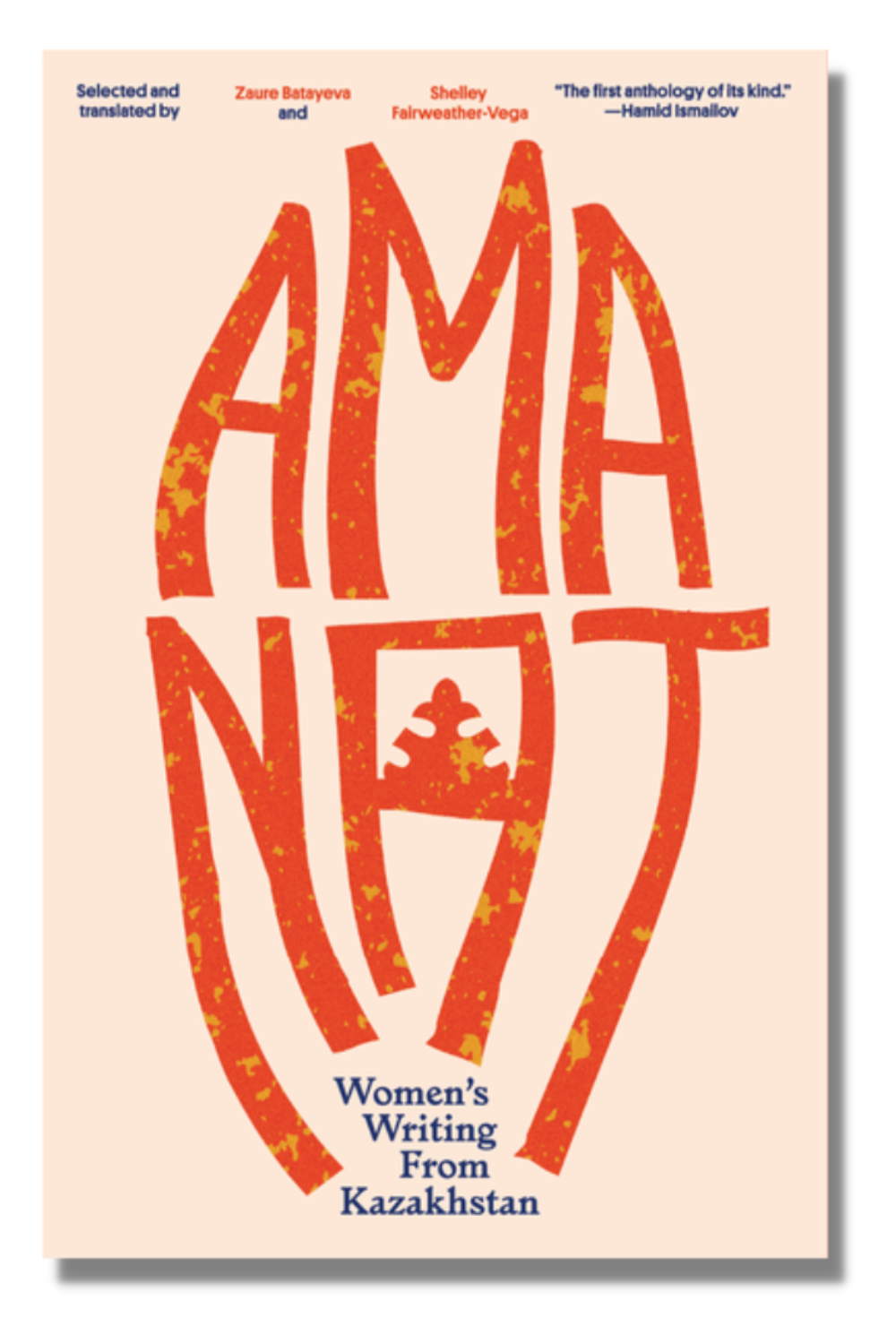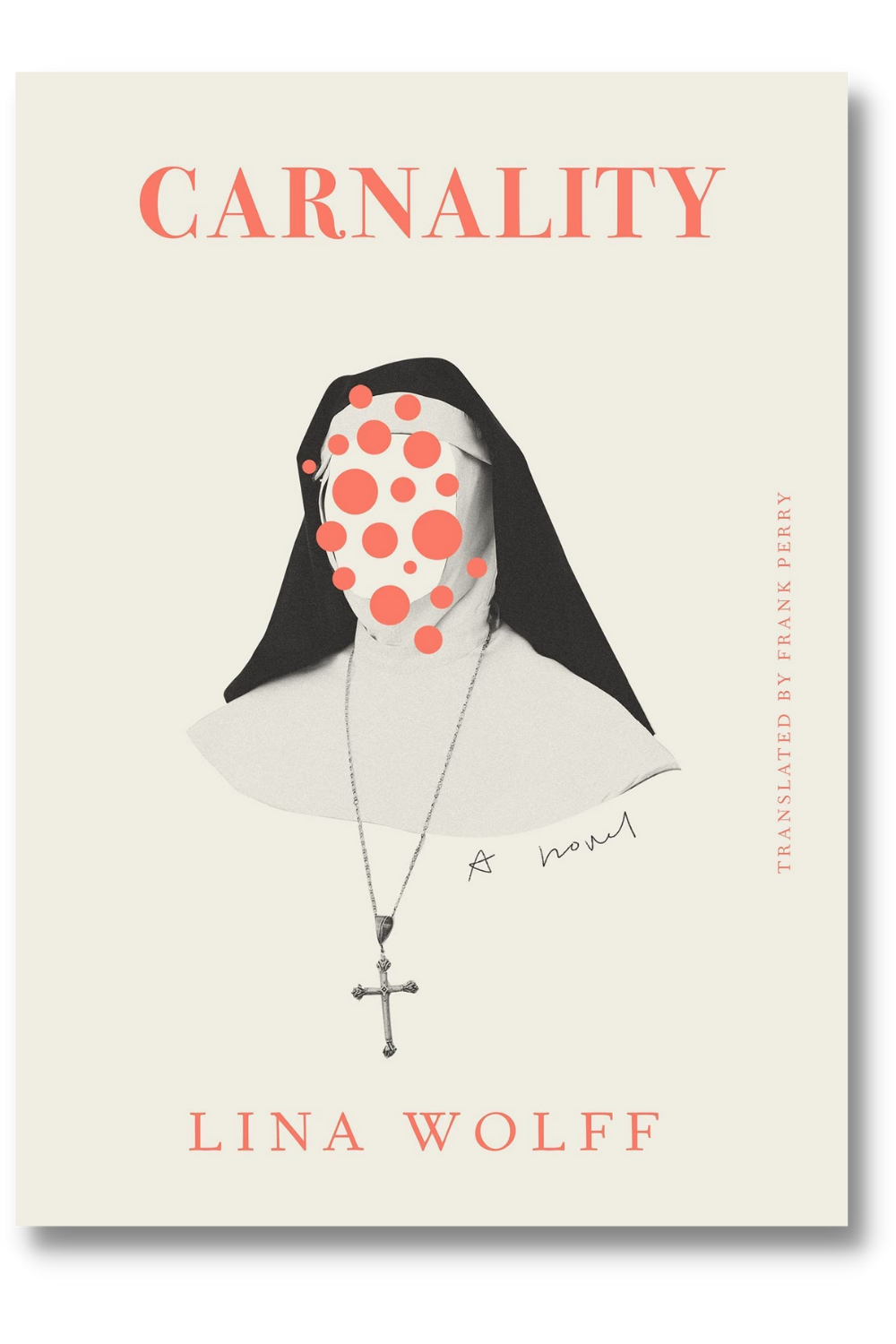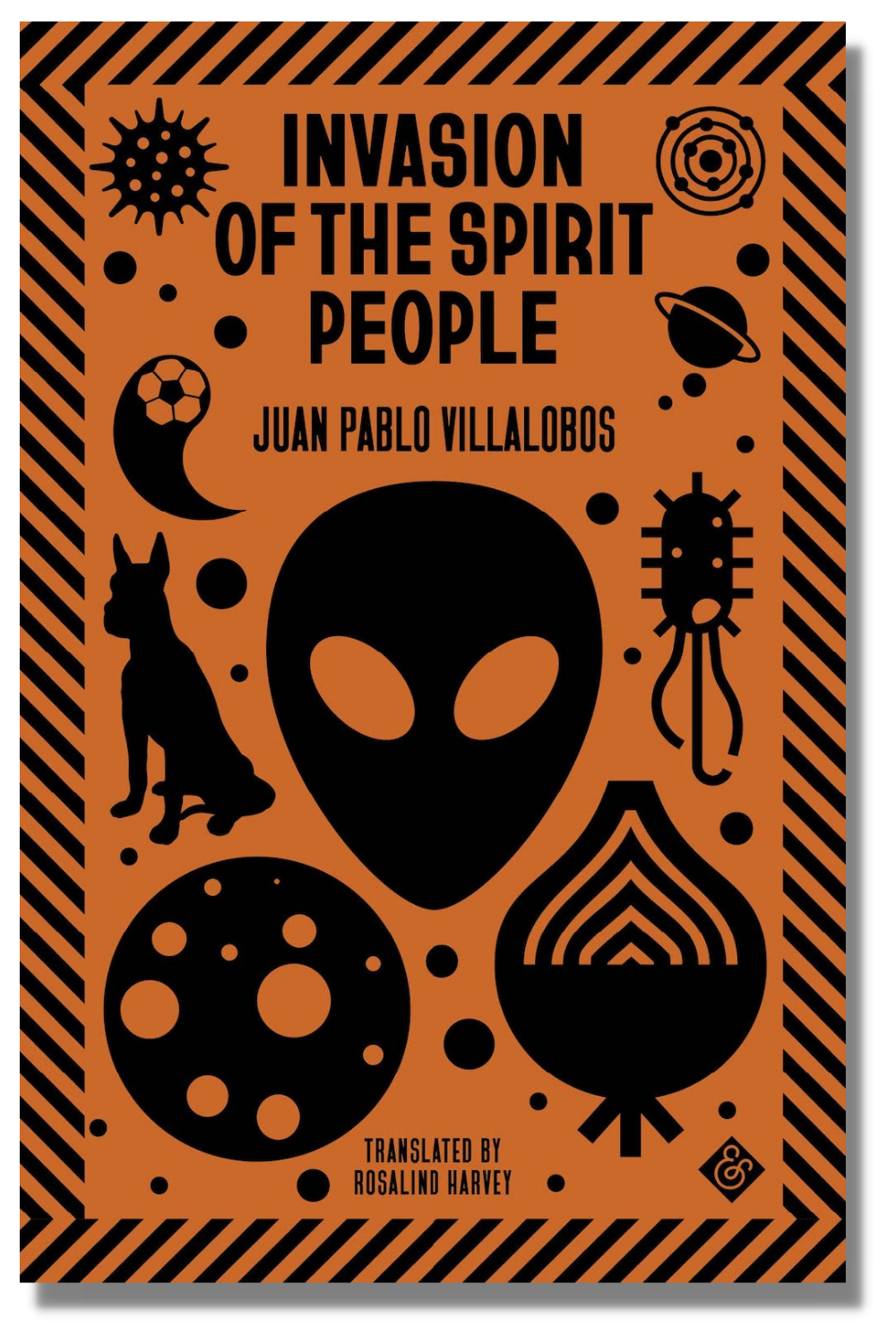From Amazon Crossing | The Blunder by Mutt-Lon, translated from the French by Amy B. Reid | Fiction | 160 pages | ISBN 9781542037877 | US$24.95
What the publisher says: “Cameroon, 1929. As colonial powers fight for influence in Africa, French military surgeon Eugène Jamot is dispatched to Cameroon to lead the fight against sleeping sickness there. But despite his humanitarian intentions, the worst comes to pass: seven hundred local villagers are left blind as a result of medical malpractice by a doctor under Jamot’s watch.”
What A Bookish Type says: “Mutt-Lon’s satirical novella, The Blunder, takes its inspiration from an actual historical incident. Mutt-Lon uses the real blunder and its aftermath to shine a light on colonial racism and paternalism and tribal conflict.”
What I say: The Blunder is not a long book in the literal sense, but the proverbial weight of history looms over it. With the exception of a retrospective framing device, this novel takes place in Cameroon in 1929. The setting allows Mutt-Lon to explore a horrific episode from the history of colonialism while also constructing a sweeping portrait of a world whose national, racial, and gender dynamics were all about to change dramatically.
From Gaudy Boy | Amanat: Women’s Writing from Kazakhstan, edited by Zaure Batayeva and Shelley Fairweather-Vega, translated from the Kazakh and Russian by Zaure Batayeva, Shelley Fairweather-Vega, and Sam Breazeale | Fiction | 296 pages | ISBN 9780999451489 | US$22.00
What the publisher says: “The 24 stories in Amanat, translated into English from Kazakh and Russian, comprise a groundbreaking survey of women’s writing in the Central Asian country over its thirty years of independence, paying homage to the rich but largely unrecorded oral storytelling tradition of the region.”
What I say: Representing a rich array of stylistic approaches, the stories in Amanat offer readers a memorable look at the diverse work emerging from Kazakhstan. Ranging from incisive, blistering works of flash fiction to detailed remembrances of the Soviet era, this is a welcome collection that hopefully prefigures more work in translation from the writers who appear within.
From Drawn & Quarterly | Talk to My Back by Yamada Murasaki, translated from the Japanese by Ryan Holmberg | Comics | 384 pages | ISBN 9781770465633 | US$29.95
What the publisher says: “Set in an apartment complex on the outskirts of Tokyo, Murasaki Yamada’s Talk to My Back (1981–84) explores the fraying of Japan’s suburban middle-class dreams through a woman’s relationship with her two daughters as they mature and assert their independence, and with her husband, who works late and sees his wife as little more than a domestic servant.”
What The Guardian says: “These tales of thwarted-ness and domestic ennui were written in the 80s, but Japan being what it is—only last month it was reported that when abortion pills are finally made available to women in the country, partner consent will still be required—their atmosphere often feels much closer to that of the 50s or early 60s. At moments, it’s almost as if Murasaki has set out to fictionalise Betty Friedan’s The Feminine Mystique.”
What I say: The years’ worth of comics collected in Talk to My Back make an excellent argument for the cumulative power of this narrative. Looked at in isolation, each of the stories is a sharply observed slice of life. Taken together, though, the experience is a much more emotionally wrenching one, chronicling its protagonist’s familial frustrations and small victories—as well as the impassive social barriers she grapples with every day.
From Other Press | Carnality by Lina Wolff, translated from the Swedish by Frank Perry | Fiction | 384 pages | ISBN 9781635420746 | US$17.99
What the publisher says: “Awarded a three-month stipend to travel and work, a Swedish writer flies to Madrid, where in a bar she meets a man with an extraordinary story to tell. In exchange for somewhere to sleep and to hide out for a few days, he is willing to tell her the whole astonishing tale.”
What Publishers Weekly says: “Wolff poses fascinating questions about the nature of morality and attachment throughout the propulsive narrative, making for a triumph of ingenuity. Readers won’t want this to end.”
What I say: It’s difficult to know where to begin when writing about Carnality. It nestles one narrative inside another and then begins to blur the lines it’s just solidified. Or, to phrase it somewhat differently, it lets Wolff simultaneously skewer modern media, explore complex and dynamic relationships, and demonstrate a great deal of formal verve in the process.
From Peirene Press (UK) and New Vessel Press (US) | Of Saints and Miracles by Manuel Astur, translated from the Spanish by Claire Wadie | Fiction | 208 pages | ISBN 9781954404069 | US$16.95
What the publisher says: “[W]hen Marcelino’s brother tricks him out of his house and land, a moment of anger sparks a chain of events that can’t be reversed. Marcelino flees to the wild peaks of rural Asturias, becoming a cult hero as he evades the authorities. Into this, author Manuel Astur interweaves family tales and fables about the sun and the moon, of death and love, and offers glimpses into the lives of other villagers and the history of their community.”
What neverimitate says: “. . . what raises the bar of this short novel is the beauty of the language used to construct the narrative. There is an ethereal feel to the sense of place evoked, despite the horror of many of the characters’ behavior. Marcelino seeks an Old World but cannot prevent the New World encroaching on the idyll he has tried to retain, if it ever existed.”
What I say: Of Saints and Miracles begins as a kind of (metaphorically) haunted pastoral, its protagonist wrestling with acts of violence and seeking absolution in the natural world. Just when you think we’re veering into, say, Cormac McCarthy territory, though, Astur takes the narrative to a series of strange places, some folkloric and some horrific. (There’s a part about worms that’s likely to give me nightmares for a long time.) Ambitious and unpredictable—the best kind of new spin on a timeless story.
From And Other Stories | Invasion of the Spirit People by Juan Pablo Villalobos, translated from the Spanish by Rosalind Harvey | Fiction | 240 pages | ISBN 9781913505363 | US$17.95
What the publisher says: “Juan Pablo Villalobos’s fifth novel adopts a gentle, fable-like tone, approaching the problem of racism from the perspective that any position as idiotic as xenophobia can only be fought with sheer absurdity.”
What Publishers Weekly says: “As factions develop, Gastón remains unfazed. Pol, emaciated, disheveled, and convinced he’s being followed by his tundra-project boss, warns the others about the presence of extraterrestrial life forms, a double entendre on the word alien. Throughout, Villalobos hilariously sends up the ways in which racism and xenophobia sully the city’s strong cultural identity.”
What I say: Formal experimentation meets a deconstruction of modern life in Juan Pablo Villalobos’s new novel. It’s told in a manner that eliminates specifics about regions and nationalities, with certain elements (including the identity of a popular soccer player) serving as a narrative key for the entire work. This is a novel equally comfortable documenting a life of soccer fandom as it is tracing one man’s fondness for his aging pet; the results are thoughtful and often moving.
Copyright © 2022 Tobias Carroll. All rights reserved.
Looking for more reading suggestions? Check out Tobias Carroll’s recommendations from last month.
Disclosure: Words Without Borders is an affiliate of Bookshop.org and will earn a commission if you use the links above to make a purchase.

















